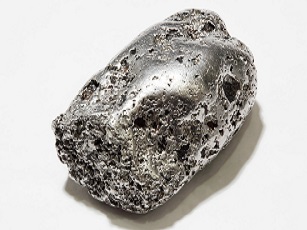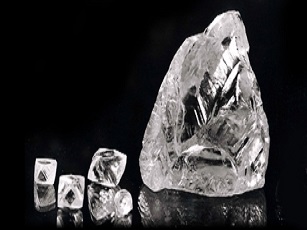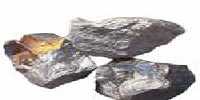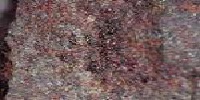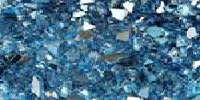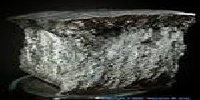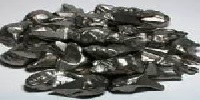Iridium Mining
IRIDIUM:
Iridium is a rare and dense metal found in the Earth's crust at a concentration of 0.0001 ppm. It occurs naturally in alloys with other noble metals, such as iridosmine (77% iridium) and platiniridium (75% iridium).Iridium is the chemical element with atomic number 77. A very dense, solid, brittle, silvery-white transition metal of the platinum family, iridium is the second densest element and the most corrosion-resistant metal, even at temperatures as high as 2000°C. While only strong molten salts and halogens are corrosive to solid iridium, finely divided iridium dust is much more reactive and can even be flammable. The most important iridium compounds in practical use are the salts and acids it forms with chlorine, although iridium also forms a variety of organometallic compounds used in catalysis and research.
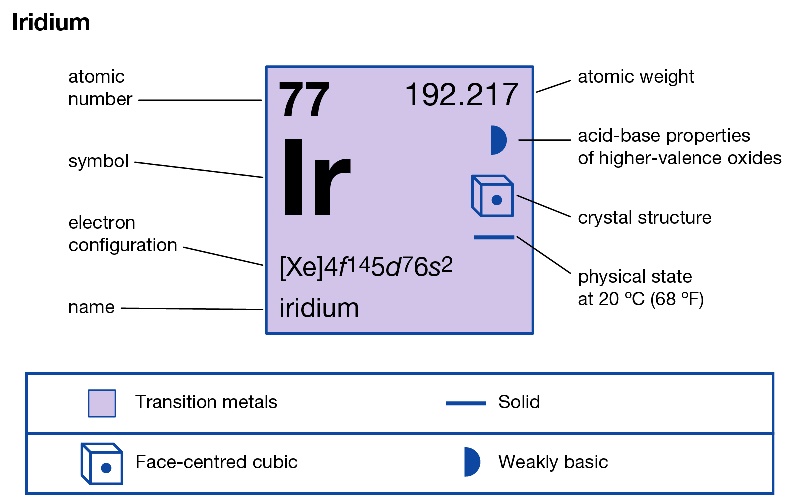
As a member of the platinum group metals, iridium is white, similar to platinum but with a slight yellowish cast. Due to its stiffness, brittleness, and very high melting point, solid iridium is difficult to machine, form, or work, and thus powder metallurgy is commonly employed instead. It is the only metal to maintain good mechanical properties in air at temperatures above 1600°C.
MINING:
Even though iridium occurs in natural alloys, it isn't used for commercial iridium extraction. Iridium is extracted from copper sulfide and nickel ores as they contain iridium and other platinum group metals as impurities. The copper and nickel ores containing iridium are mined through surface mining and underground mining. Chalcocite and chalcopyrite are the ores mostly mined for extracting iridium.
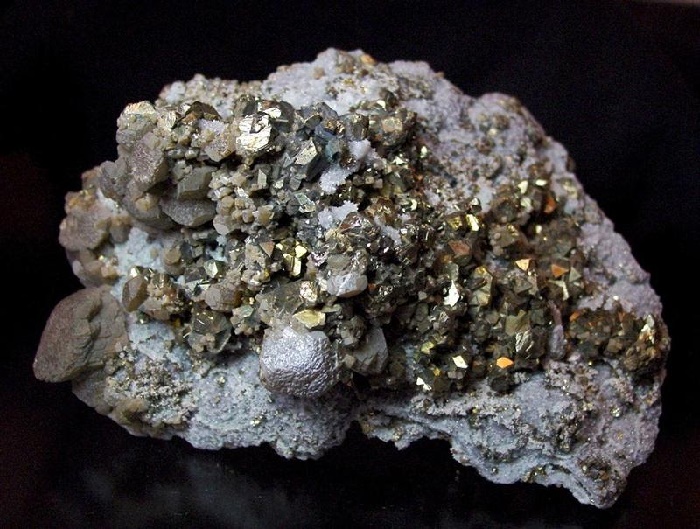
In surface mining, the open-pit mining method involves drilling, blasting, and benching of the open surface containing iridium ore particles. It is the widely used method in iridium mining. The underground mining of iridium is conducted in deep areas where the ores are located deep inside the earth's surface.
This method is employed only when the deep-dug iridium ores are of high quality and can justify the expensive mining process. It is not widely used in iridium mining. The countries involved in iridium mining include South Africa, Russia, the USA, and Canada.
PROCESSING AND EXTRACTION:
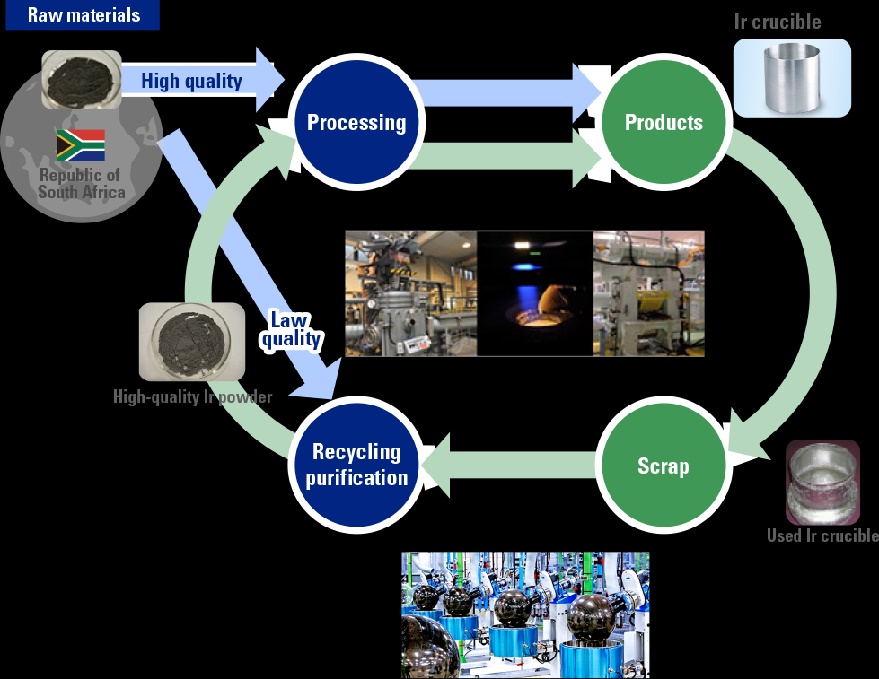
The collected ores of copper and nickel with iridium are milled and crushed into small pieces. Then, the crushed gangue undergoes roasting, smelting, and finally electrolytic refining. In electrolytic refining, noble metals such as gold, silver, platinum, osmium, iridium, ruthenium, and non-metals such as selenium and tellurium settle down as anode mud inside the electrolytic cell. The anode mud is collected as the primary material for the extraction of iridium.
The anode mud is dissolved in an aqueous solution by mixing it with sodium peroxide. Then, the fused mixture is made to react with aqua regia or chlorine with hydrochloric acid, where the amount of acid used depends on the composition of the mixture. After the reaction, gold, platinum, and other non-metals dissolve in the concentrated acid mixture, leaving iridium, osmium, and ruthenium as a solid residue. The solid residue is then treated with sodium bisulfate to remove rhodium from the mixture.
Next, the remaining mixture of insoluble osmium-ruthenium-iridium composites is treated with sodium oxide, where iridium remains insoluble, producing water-soluble osmium-ruthenium salts. The immiscible iridium solution is isolated and reduced by hydrogen to produce iridium metal as sponge. The sponge is crushed and made into pure metal powder using powder metallurgical techniques. South Africa is the largest producer of iridium, holding 80% of world production.
Related Mining

